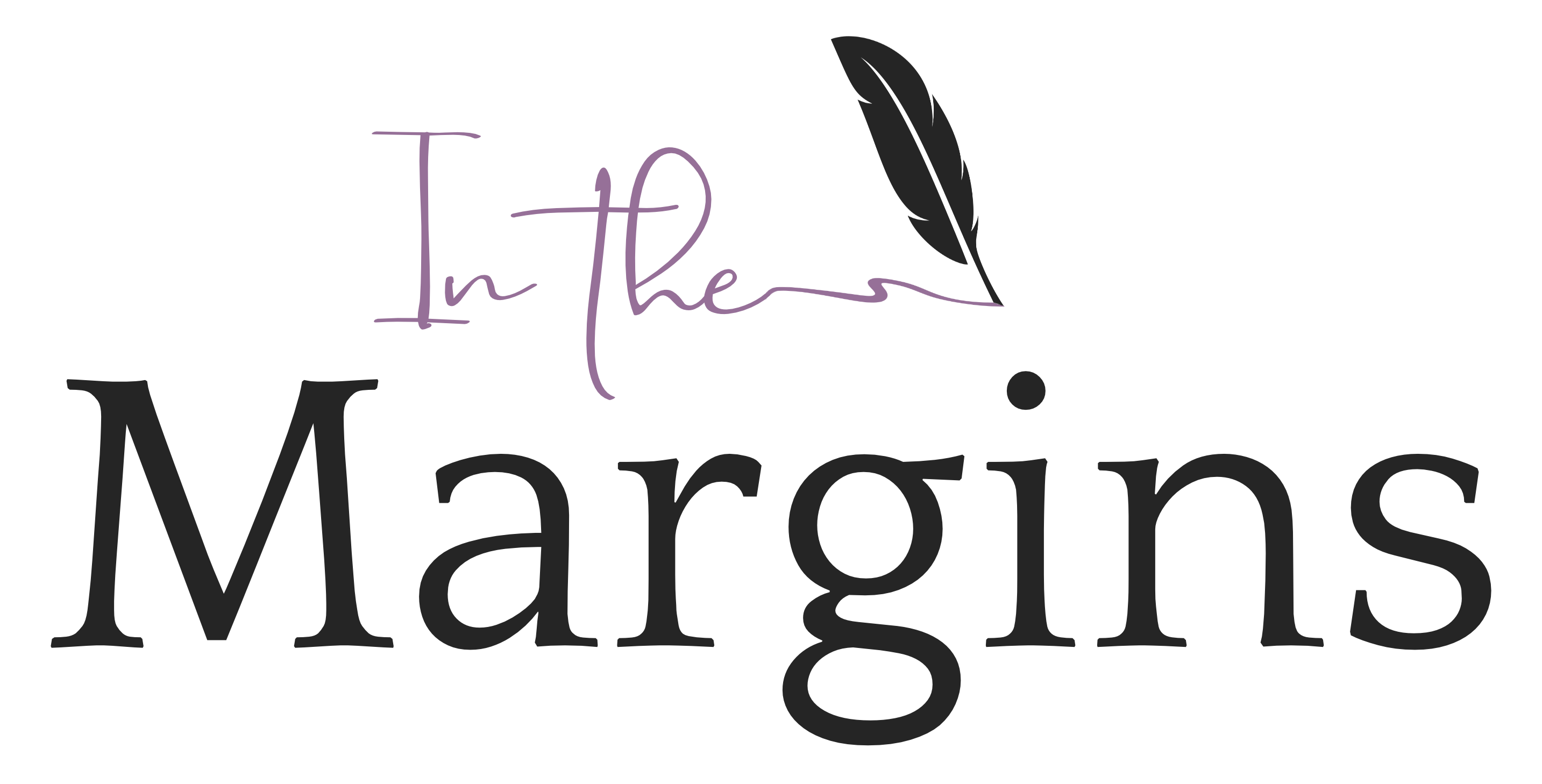You’ve likely heard the advice that you shouldn’t write as you speak.
When we talk, our sentences are often clipped, full of pauses or ums and ahs, and depending on how quickly our mind is moving, those sentences may go off in a variety of directions before we get to a point. Genuine, unedited, and uncontrolled streams of consciousness are not a delight to read.
Writing needs to be clear and to have a point. The reader doesn’t have the benefit of our presence to clarify if something doesn’t make sense, so we work harder to be detailed, purposeful, and grammatically correct.
But We Shouldn’t Speak as We Write, Either.
When my best friend was getting married, she drafted her vows to her soon-to-be husband and asked me to look them over, to check her grammar, etc. But instead of editing as I would for a written document, I only made a few minor changes for organization and flow. Otherwise, I left her words as she had written them, because she had written them in her own voice—granted, without the pauses and ums we may experience in unplanned conversation, but her own voice, nevertheless.
Had I changed that voice, had I “corrected” her words and syntax, then her vows would have sounded stiff—more like a presidential address than an intimate promise.
Honoring Voice is Important.
Understanding voice is just as important when writing your characters as it was for me in helping my friend. The art of this will come down to who your characters are, the time period, etc. (No one will argue that the way you write 1990s New England teenagers should be very different to how you would write 1950s Southern grandmas.)
So, Where Does Good Dialogue Fit into All of This?
Perhaps it’s easiest to think of good dialogue as a hybrid. Well-crafted dialogue pulls the good from how we write and the good from how we speak to create something that feels natural and believable, while still being understandable.
Take Hagrid from That Series as an example. It’s hard to imagine the beloved giant without his yers and yehs. (Imagine “Ah, go boil yer heads, both of yeh” being corrected to “Both of you should go boil your heads.”) But there was control exerted when incorporating Hagrid’s way of speaking and his accent—enough to convey his voice without making it difficult to understand. In Wuthering Heights, on the other hand, Joseph’s dialogue is nearly impossible to understand due to how heavy-handedly his accent was written.
Finding Balance
Imagine that you’re writing a young couple who are trying to decide where to go for dinner. (Not the most thrilling dialogue, but it’ll serve its purpose as an example.)
Here’s how a snippet of that conversation may sound in real life:
- “You pick.”
- “Um… Ugh, I donno.” Jackson kept playing his game until Ana prodded again. “Uhhhh, maybe, um, pizza? Or there’s that new Thai place, I guess. If you want.”
Well, that’s annoying to read! On the other hand, the following feels too stiff for a young couple having a casual conversation:
- “It is your turn to pick where we go for dinner.”
- “I would like to try the new Thai restaurant over on Sixth Street.”
Instead, we look for a happy medium that is fluid, while still being readable:
- “I’m hungry. Your turn to pick dinner.”
- “”Pizza?” Jackson kept playing as he thought through the options. “No! Let’s try the new Thai place.”
Jackson’s voice comes through in the last example, without being weighed down by all the pauses and extra wording. You might consider one um in there, just for effect, but dialed back is far less annoying than the first example.
Like all good writing, there is a mix between creative freedom and intention in how we develop strong characters and dialogue.

